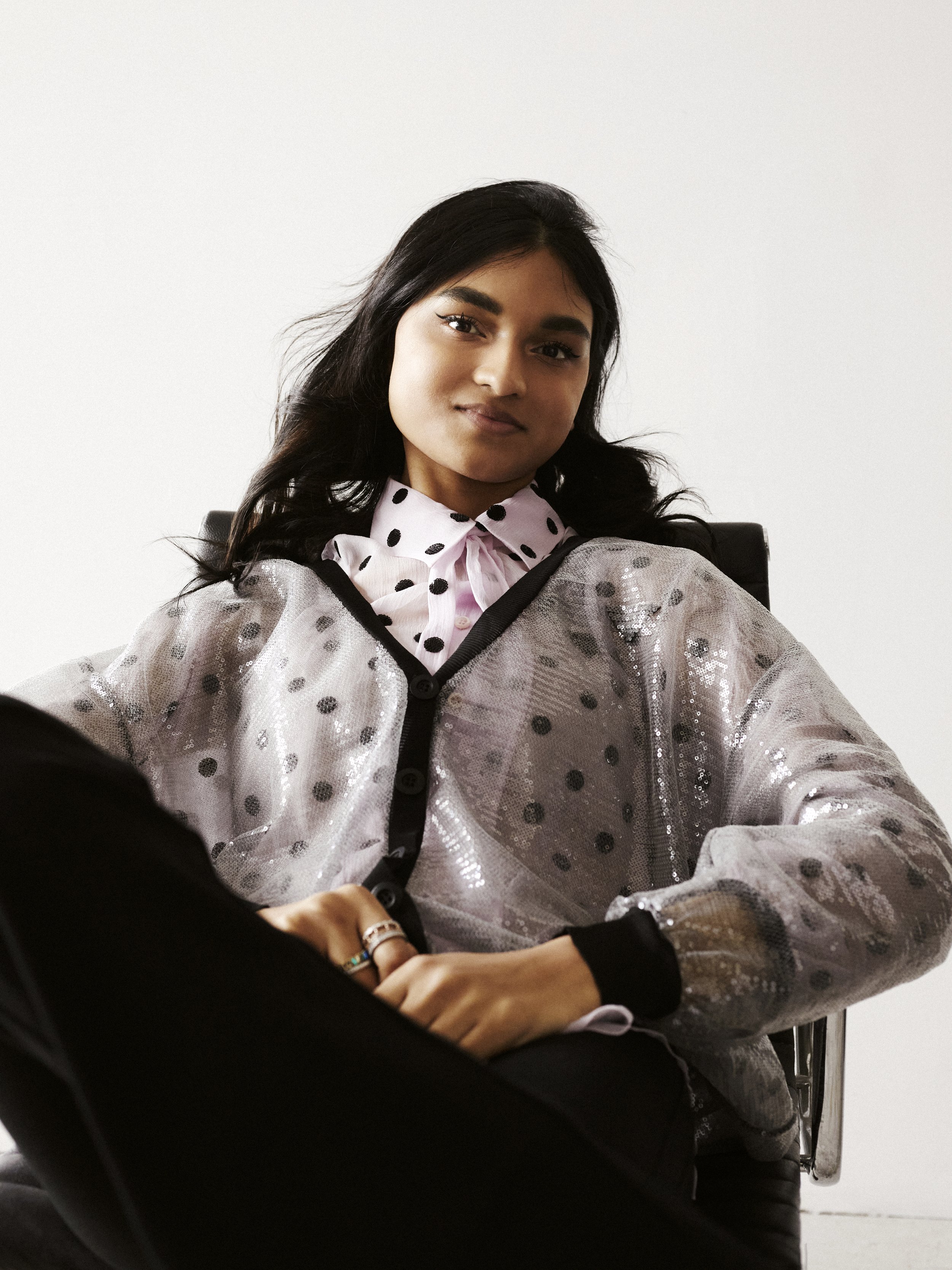Kiara Nirghin: A Young Innovator Reimagining What a Scientist Looks Like
In 2016, at the Google Science Fair, a 16-year-old girl from South Africa presented her solution to one of the most pressing issues facing her hometown. As a drought shook her community and created food insecurity, Kiara Nirghin invented a superabsorbent polymer that uses avocado and orange peels which, when put in soil, increases the chance for plant survival by 84%.
Due to the droughts, Kiara developed bilharzia, a parasite-caused, life-threatening disease that confined her to a hospital bed for over a year. Unable to attend school, Kiara began to explore her interests outside of the classroom, doing her own research to develop a low-cost, biodegradable solution for the issue at the root of her sickness. During this process, she learned the importance of perseverance, “When you make mistakes, when you follow certain parts that are wrong and then you backtrack, you learn from it, and then you [try] it again.”
At the center of her work also lives the idea of reimagining what a traditional scientist looks like. Through fashion, she seeks to challenge the traditional image of a scientist as a white, cisgender man in a lab coat and glasses. “As somebody in science and tech, I think that people expect a certain view on the way that you dress or the way that you present yourself. And I think that just having fun with your creative outlet is important,” she emphasizes.
She also notes how crucial representation is in fostering a positive environment in STEM. Some of her personal inspirations, like YouTube CEO Susan Wojcicki, actress and producer Mindy Kaling, and actress and Hello Sunshine founder Reese Witherspoon, have made her realize her potential as a leader. Kiara hopes that other young girls come to the same realization when they see her journey into the world of STEM.
Another inspiration of Kiara’s is Malala Yousafzai, the Pakistani activist for female education, whose foundation she recently partnered with for an upcoming project with The Economist. Like Malala, Kiara has focused a lot of her attention on ensuring bright futures for young women worldwide. She believes that it’s important “to provide [young girls] with the mindset that they can use what they know to then innovate and solve problems.”
For the partnership, Kiara is currently writing a piece on how the COVID-19 pandemic has impacted the view of science and technology education for young women. When the pandemic first began, the medical community quickly realized that a lot of PPE did not properly fit women’s faces. Female doctors and nurses were wearing ill-fitting masks, which exposed them to disease antigens at higher rates than their male counterparts. “Not focusing on why women should get involved in science and technology is not only slowing society down but when we need it the most [like during a pandemic], you realize how important the work is,” Kiara explains. “[The pandemic] has been really difficult for everyone, but how do [these issues] inform the way we go forward?”
Kiara is hoping to lead the way we answer that question, ensuring that young women are at the center of the answer. “I hope young innovators can realize that regardless of where you come from, regardless of your access to different resources, regardless of your story… regardless of the struggles that you’ve experienced, you still have something valuable to give and you still have that ability to improve. You still have that ability to push the envelope in whatever field [you’re in].”
STORY ISABELLA CORONA
PHOTOS EMMA ANDERSON


